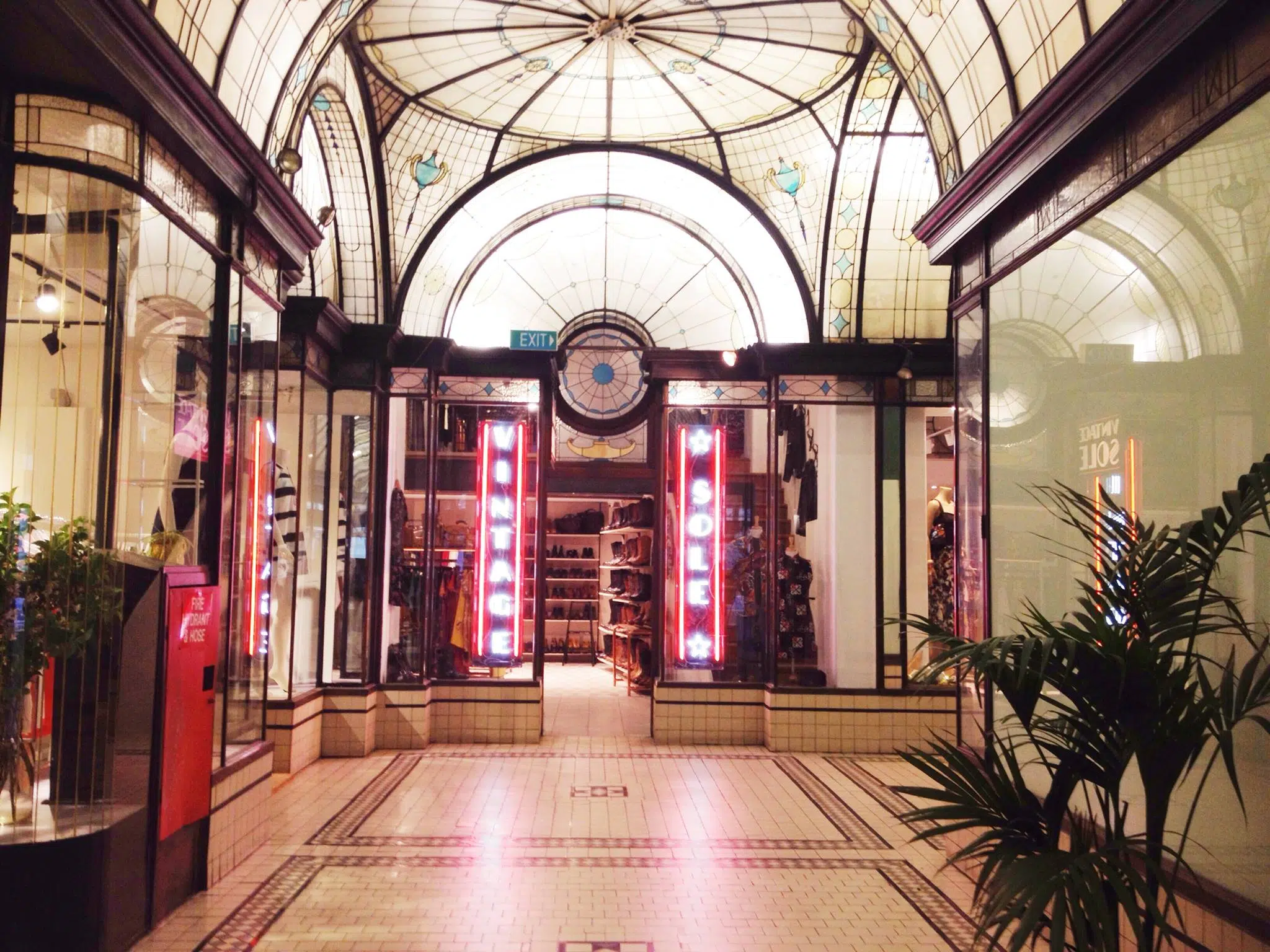In recent years, fast fashion has taken over the industry. It seems like every week there’s a new store that’s popping up, and they all promise the latest and greatest trends at a fraction of the cost. While this may be tempting, it’s important to remember the negative impacts that fast fashion can have on the environment.
What is fast fashion?
Fast fashion is cheap, disposable clothing that is produced rapidly by mass-market retailers to keep up with the latest trends. This is designed to encourage customers to shop regularly for new looks – which means that we buy more. This leads to mountains of waste and increased carbon emissions as a result.
Why is it bad for the environment?
Every 10 minutes, Australians dump 15 tonnes of clothing and fabric waste. That adds up to 800,000 tonnes, or 31 kilograms per person, every year. In landfill, decomposing materials can take up to hundreds of years to break down whilst releasing the toxic greenhouse gas methane.
Why do we not market companies with fast fashion products?
One of the many negative impacts of fast fashion is its use of cheap, toxic textile dyes. These dyes pollute clean water sources and are harmful to both the environment and human health. In addition to emitting cancer-causing chemicals, they can also cause respiratory problems, skin irritation, and kidney damage. As a result, the fashion industry is one of the largest polluters of clean water globally. Given the harmful effects of fast fashion, why do we continue to support it? Part of the reason is that we are bombarded with marketing messages that tell us we need to buy the latest trends in order to be happy and stylish. However, we don’t have to succumb to these pressures. And we also do not need to market them. There are plenty of sustainable and ethical fashion brands that sell high-quality clothes without harming the planet or its people. By making conscious choices about what we buy, we can help to put an end to fast fashion’s negative impact on our world.

How you can avoid fast fashion
There are a few things that you can do to avoid fast fashion. First, try shopping second hand whenever possible. There are a number of great stores and markets that sell second hand clothes, and you can often find some amazing deals.
You can also repurpose old clothes by sewing on new buttons, cutting the hem to a different length, or wearing it with something else in your wardrobe. You can even create new pieces by using them as fabric for patchwork or upcycling them into something completely new. By doing this, you’re not only avoiding fast fashion, but you’re also reducing your carbon footprint.
If you do have to buy new clothes, try to find sustainable brands that produce their clothes ethically and without harming the environment. A company that we have worked with in the past that we know have an ethical approach to fashion is for example Etiko. If you want to opt for natural fibres over synthetic ones, we recommend Sol Alpaca. If you love digging through crates and vintage appeals to you, check out our friends from Vintage Sol. Overall, we recommend you try to buy clothes that will last.
It’s important to be mindful of the clothes you buy, where they come from, and what happens to them after you’re done with them. With a little bit of effort, we can all do our part in slowing down the fast fashion industry.


